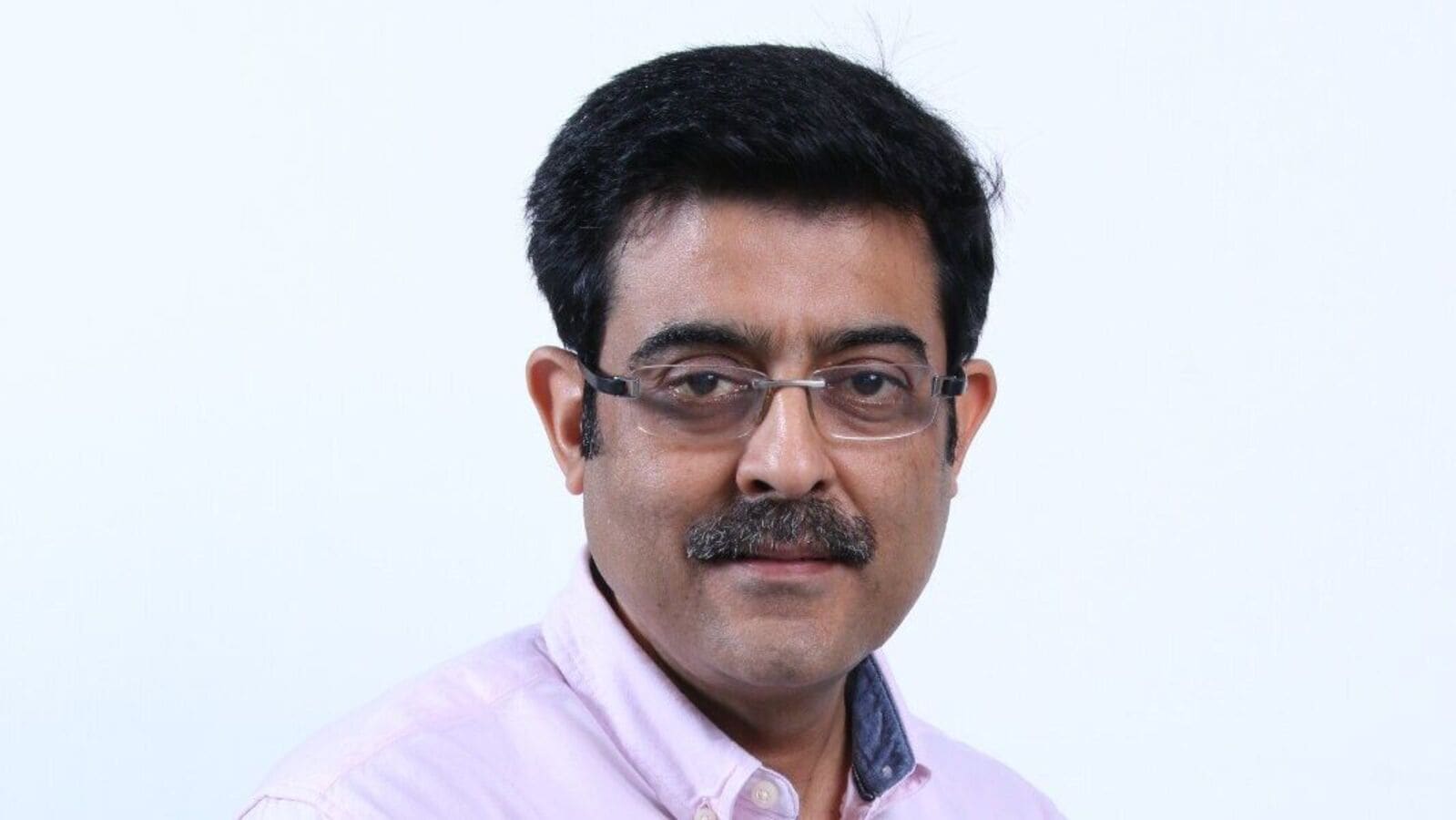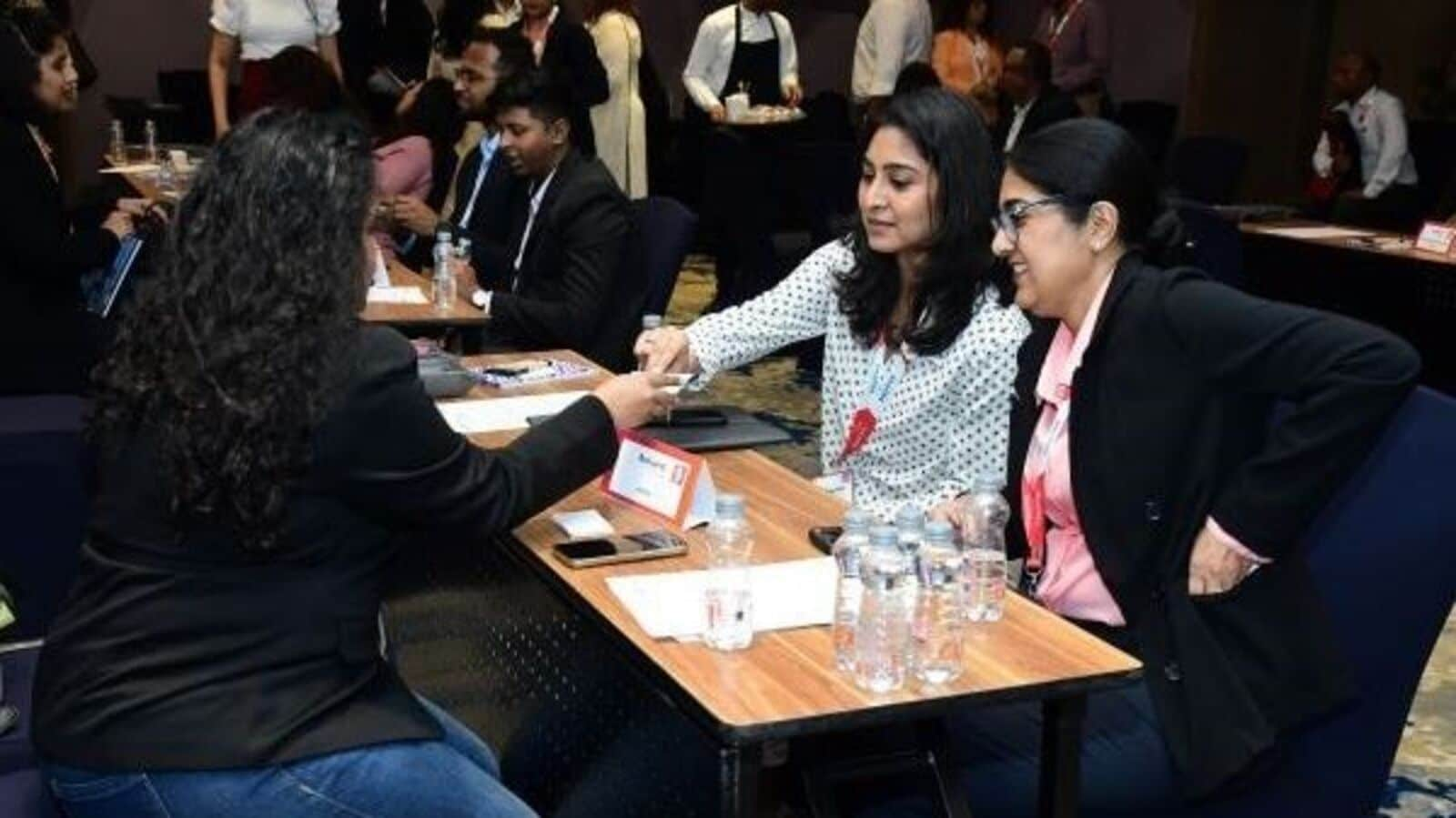Purchase orders for 5G equipment have been placed and equipment supplies are expected by the first week next month, followed by deployment which will begin by the second half of November. The orders have been placed with Nokia, Ericsson and Samsung as part of the $3.6 billion network equipment deal announced by the carrier last month.
“By December we will have 5G. Delhi and Mumbai will come first, and major towns in all 17 circles will be covered,” Jagbir Singh, chief technology officer at the company, said in an exclusive interaction with Mint. He added that about 15,000 5G sites will be set up by March or April, finally making it the third carrier to offer 5G after Reliance Jio and Bharti Airtel.
Vi is evaluating the pricing strategy of its 5G services including options of offering it free to existing 4G customers for a certain period of time, said chief marketing officer Avneesh Khosla.
“All options are on the table. Eventually, at the end of the day, we are investing so much money in the technology we would like to monetize it,” he told Mint. Larger rivals Reliance Jio and Bharti Airtel have begun charging for unlimited 5G since June this year when all carriers raised tariffs by 10-21% across plans, but they were offering it at the same tariffs as 4G since October 2022 when they launched 5G services.
Bringing customers back
Khosla said the intent of 5G would be to bring back customers that had left the network to rivals, and at the same time get new users as there were only about 200 million subscribers using 5G from the overall base of more than 950 million 4G users. He also noted that the customers that had initially moved out from Vodafone Idea to BSNL after the tariff hikes had started to come back to the network.
“It is important to have the right narrative for our 5G service, and we would like to believe we’ve left the legacies behind. We’re a brand which is built on the foundation of two very different kind of entities,” he said, when asked whether Vi would go back to its iconic marketing ploys before Vodafone and Idea were merged.
Khosla said that Vi was evaluating offering fixed wireless access (FWA) as a means to monetize 5G as it offers a good return on investment even as the high cost of equipment continues to be a challenge. Rival telcos Bharti Airtel and Reliance Jio have launched FWA services, which provides an alternative to fixed broadband.
“We can leverage You Broadband for installation and service delivery, as one of the options. But we need to assess and evaluate FWA,” he said. You Broadband, a Vodafone Idea subsidiary, offers fixed line broadband services in several circles in India.
Vi, which raised ₹18,000 crore from India’s largest follow-on public offering, had earmarked ₹50,000- ₹55,000 crore capex over three years towards 4G and 5G back in April. Since then, about 105,000 sites are already radiating 4G and by March another 30,000 sites will come up.
“We’re also building additional 50,000 km optic fiber network and undertaking IP-fication of the network, which will give us higher bandwidth available right from the tower and the access point, which will help our data growth now and future,” Singh added. Orders for the fiber deployments have also been placed, he added, part of the capex plan.
At the same time, the telecom operator will stop offering 3G services completely in the same time frame, with about 9,000 sites across circles to be shut down and switched to 4G.
“We are fully geared up for the deployment of the network. Service request to tower companies—Indus, ATC and others—has been sent and they will begin delivering (tenancies) from the October end,” Singh said.
Cutting China out
New towers will come in after January, when we begin the second phase of expansion, which is expected in the next financial year.
While no new contracts to Chinese vendors have been given, Vi will not fully remove its existing Chinese equipment, which is far from end of life and continues to be serviced by Huawei and ZTE. The gear from Chinese companies will be replaced with European vendor equipment in circles like Delhi and Mumbai, and will then be redeployed in circles where additional 4G capacity is needed.
Delhi and Kerala circles, which earlier had Huawei network, have been given to Ericsson, while Bihar, Karnataka and Punjab to Samsung. Chennai was given to Nokia. Some circles like Andhra Pradesh, Madhya Pradesh and Rajasthan, which were partly serviced by Chinese players, have now been given to the European vendors.
Singh said the Chinese equipment from its core network had been completely replaced and Vi was undertaking trials with Tata Group-backed Tejas Networks radios, integrating them into its own network, as it works towards adopting more made-in-India network products. The trial will go on for a year, before beginning commercial deployment.
Vi would not look at selling mobile phones or smartphones on its own with its plans bundled in, Khosla said, but it was open to working with smartphone partners at the entry level as well as the premium segment—including Apple and Samsung—for garnering customer share.











Leave a Reply